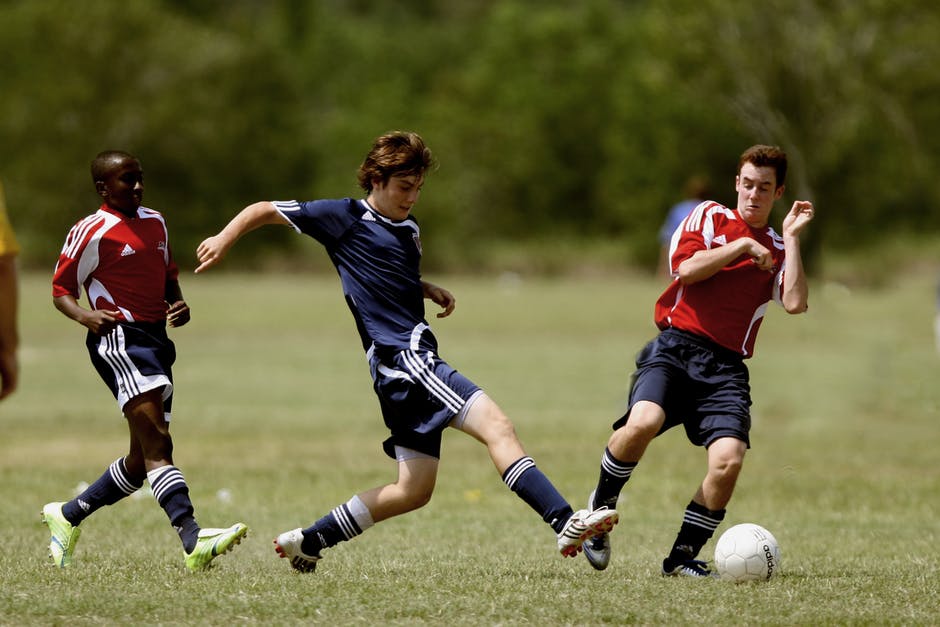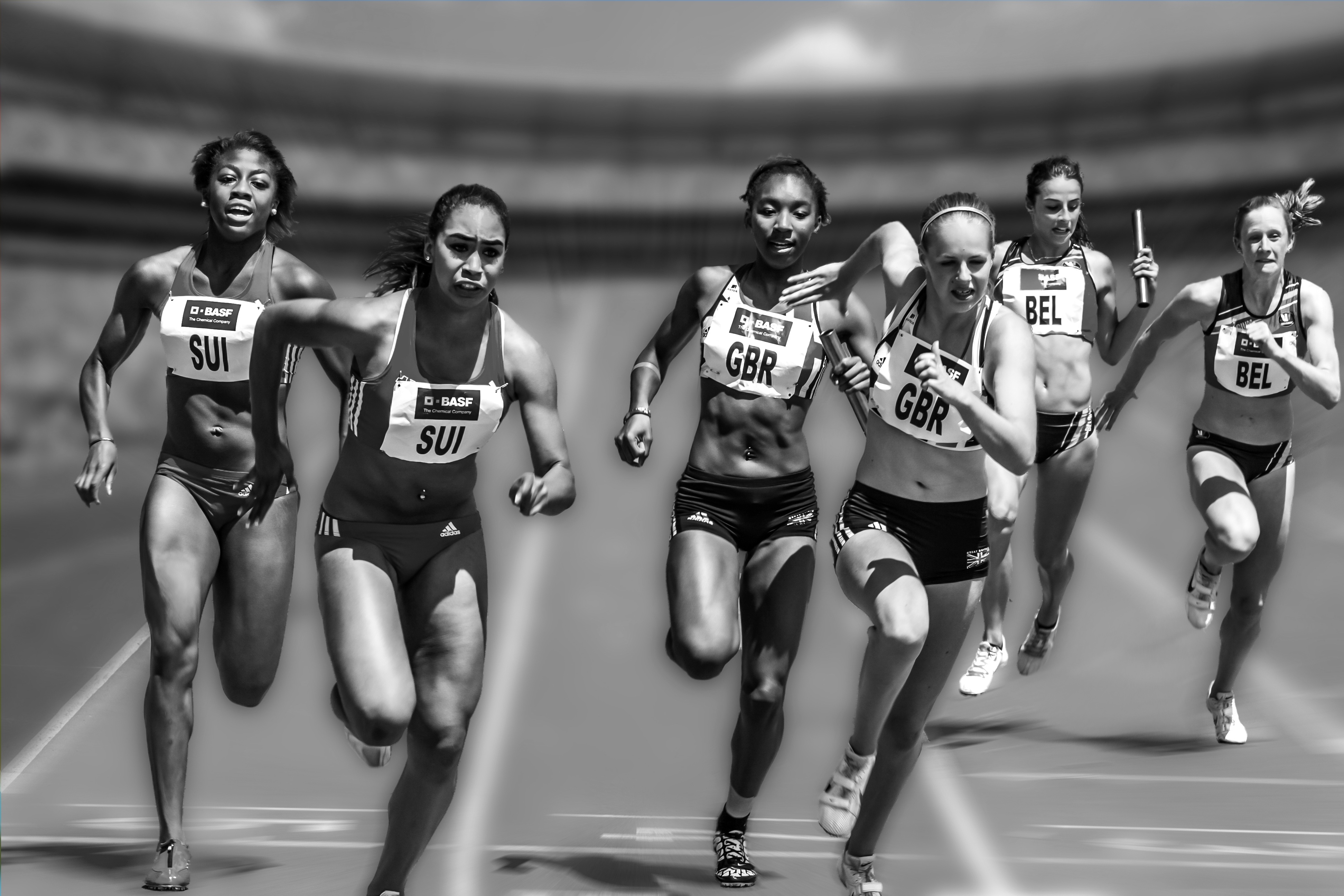In recent years there has been research establishing that large muscle groups experience hypertrophy in a nonuniform manner. In other words, the entire muscle does not grow equally as a result of strength training. Schoenfeld et al, in a 2015 study in the Journal of Strength and Conditioning Research, performed a study comparing the lying leg curl and the stiff legged deadlift’s muscle activation of the hamstrings based upon EMG data. The authors used resistance trained males and had them perform their 8RM of both the lying leg curl and the stiff legged deadlift in order to assess EMG activity of the hamstrings.
In this study, the authors found that the lying leg curl and the stiff legged deadlift resulted in different EMG activation of the hamstrings:
- The lying leg curl seems to target the lower part of the hamstrings.
- The stiff legged deadlift seems to target the upper hamstrings (especially the upper semimembranosus and semitendinosus) more than the lower hamstrings.
- The lying leg curl and the stiff legged deadlift resulted in similar recruitment of the upper hamstrings.
The authors postulate that this might allow for preferential recruitment of the distal or proximal portions of the hamstring muscle during different exercises.
Now, there are several interesting implications from a study like this and the idea of nonuniform hypertrophy. First, the bodybuilders got it right in the sense that if we want to develop the muscle fully then we need to attack using several different exercises from different angles. Second, it’s unclear if this is going to be important in athletic contexts. In other words, it’s unclear if uniform development of the muscles is important for athletic performance and injury prevention. Third, it would be interesting to see this expanded to the range of the hip extension and squat variations that are used in the conditioning of athletes. Finally, if it happens to the hamstrings – it probably happens at other large muscles as well.
I think that in the short term, the take home messages are that a) there are no “best” exercises and b) variety is important. For example, let’s say we have a program that has the following focus:
Monday: Total body strength training (squats, RDLs, bench press, bent-over rows, military press)
Tuesday: Power (Olympic lifts, plyos)
Wednesday: off
Thursday: Total body strength training (front squats, deadlifts, incline press, pull-ups, dumbbell shoulder press)
Friday: Power (Olympic lifts, plyos)
Over the long run, every few weeks, the RDLs and deadlifts should be changed out for other exercises. Perhaps in weeks 5-8 we use the good morning and the hyperextension, in weeks 9-12 we use the seated good morning and the reverse hyperextension, maybe we go back to RDLs and deadlifts in weeks 13-16, etc.
Schoenfeld, B.J., Contreras, B., Tiryaki-Sonmez, G., Wilson, J.M., Kolber, M.J., and Peterson, M.D. (2015). Regional differences in muscle activation during hamstrings exercise. Journal of Strength and Conditioning Research, 29(1), 159-164.


